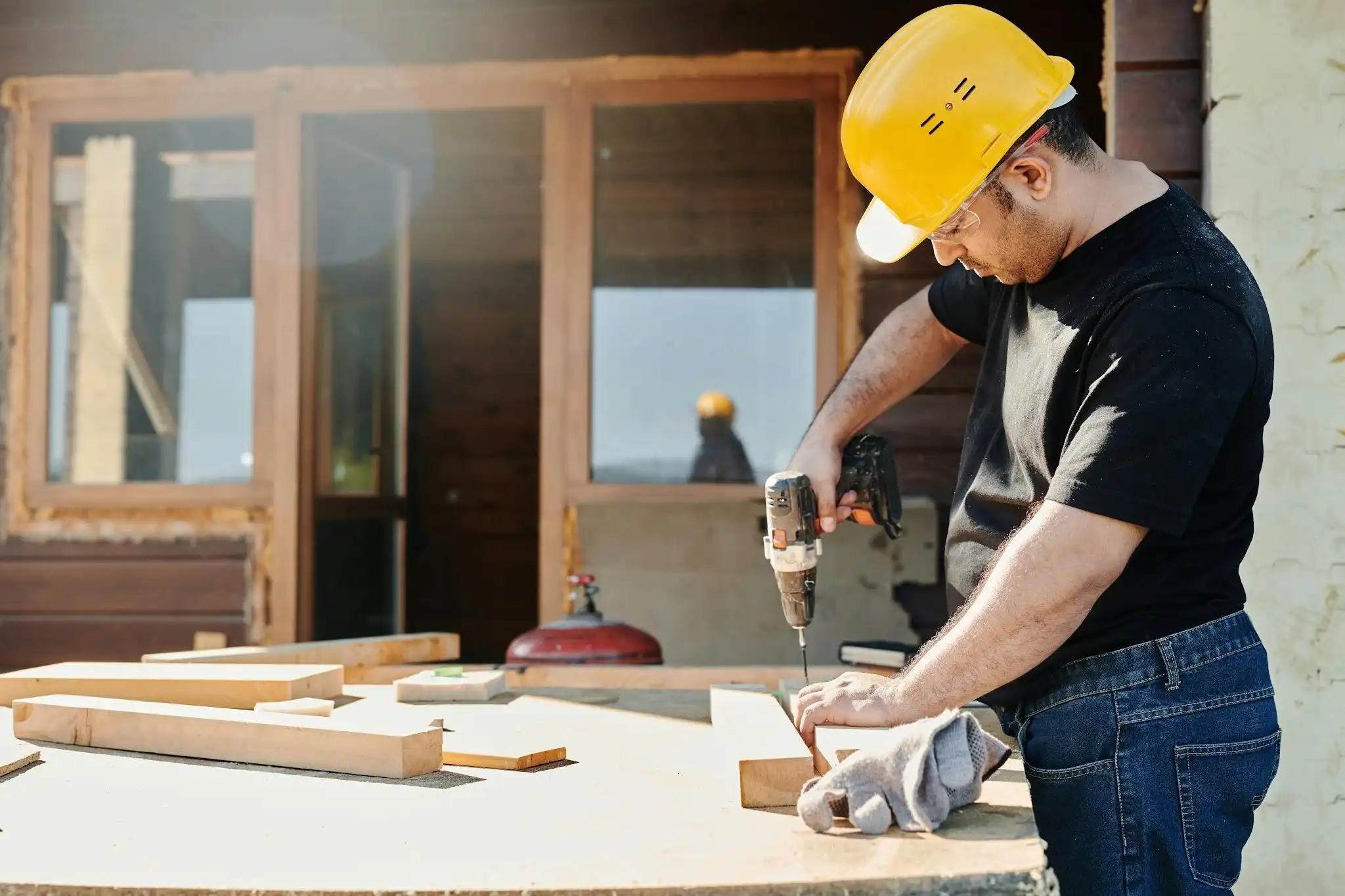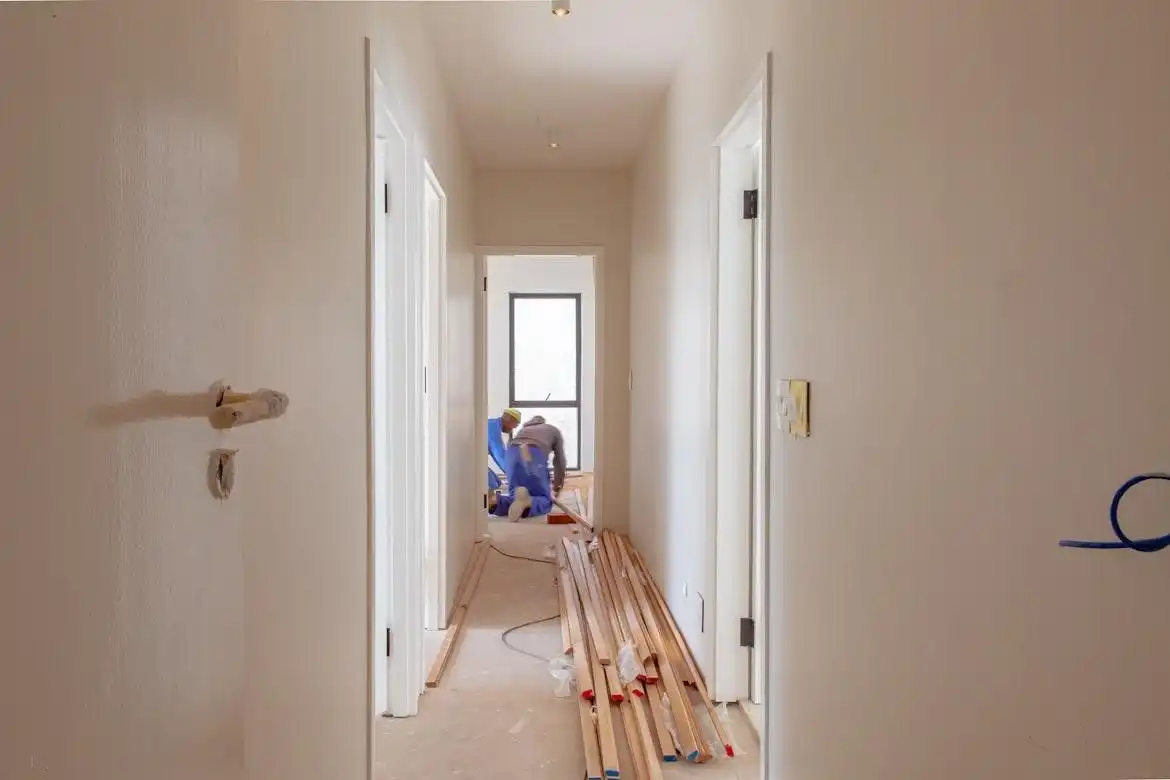- Home
- Articles
- Architectural Portfolio
- Architectral Presentation
- Inspirational Stories
- Architecture News
- Visualization
- BIM Industry
- Facade Design
- Parametric Design
- Career
- Landscape Architecture
- Construction
- Artificial Intelligence
- Sketching
- Design Softwares
- Diagrams
- Writing
- Architectural Tips
- Sustainability
- Courses
- Concept
- Technology
- History & Heritage
- Future of Architecture
- Guides & How-To
- Projects
- Interior Design
- Competitions
- Jobs
- Store
- Tools
- More
- Home
- Articles
- Architectural Portfolio
- Architectral Presentation
- Inspirational Stories
- Architecture News
- Visualization
- BIM Industry
- Facade Design
- Parametric Design
- Career
- Landscape Architecture
- Construction
- Artificial Intelligence
- Sketching
- Design Softwares
- Diagrams
- Writing
- Architectural Tips
- Sustainability
- Courses
- Concept
- Technology
- History & Heritage
- Future of Architecture
- Guides & How-To
- Projects
- Interior Design
- Competitions
- Jobs
- Store
- Tools
- More
How to Stay on Budget During a Home Renovation

Home renovations can breathe new life into a property, improve comfort, and increase value, but managing expenses is often the toughest part of the process. What begins as a well-planned upgrade can quickly spiral into an expensive endeavor if costs aren’t monitored closely.
Hidden issues, material choices, and design changes all have the potential to impact the final bill. Maintaining control requires discipline, planning, and transparency with everyone involved. A clear budget prevents overspending and ensures the project runs smoothly from start to finish.
Table of Contents
ToggleStart With a Detailed and Realistic Budget
A successful renovation begins with an honest assessment of how much you can afford to spend. This budget should cover every foreseeable expense, including materials, labor, permits, and design fees. It’s wise to allocate an extra portion, often around 10 to 15 percent, for unexpected issues that arise once work begins.
Break down the costs by room or project type to gain a clearer sense of priorities. Having a well-defined spending plan makes it easier to compare contractor quotes and track expenditures throughout the renovation. A realistic budget creates the foundation for all decisions, reducing the likelihood of financial surprises.

Work With Reliable Contractors
Selecting the right professionals can make or break a home renovation project. Working with eliteproremodeling.com contractors, for example, ensures that timelines, budgets, and quality standards are clearly understood from the start. Reliable contractors bring experience, proper licensing, and a track record of completed projects, which reduces the risk of costly mistakes or delays.
Open communication and transparency about expectations help prevent misunderstandings and keep the project on schedule. Reviewing references, reading reviews, and requesting detailed written estimates provide additional assurance. Partnering with dependable professionals allows homeowners to focus on design choices and material selections, knowing the work will be completed efficiently and effectively.
Prioritize Projects That Deliver the Most Value
Not every renovation provides equal returns, so prioritizing is key when funds are limited. Kitchen and bathroom remodels often add more value to a home compared to purely aesthetic updates. Focusing on structural repairs, energy efficiency, or functional upgrades usually yields better long-term benefits.
Create a list of must-haves and nice-to-haves to guide spending decisions. This helps prevent unnecessary purchases and keeps attention on improvements that truly matter. By distinguishing between what is important and what can wait, you can invest wisely without stretching your budget too thin.
Choose Materials That Balance Quality and Cost
Selecting the right materials can dramatically affect your total spending. High-end finishes are tempting, but they may not always justify their price. Many affordable alternatives offer durability and appeal without the premium cost.
Laminate countertops can resemble stone, and vinyl flooring can provide the look of wood at a fraction of the price. Researching options and comparing suppliers can lead to significant savings.
Always balance cost with longevity, as cheaper materials that need frequent replacement can end up costing more in the long run. Smart material choices allow you to maintain a stylish look while staying within budget.

Avoid Frequent Design Changes During Construction
One of the biggest causes of budget overruns is changing your mind once construction has begun. Each modification, whether it’s moving a wall, changing tile patterns, or upgrading appliances, can disrupt the schedule and increase costs. It’s better to finalize all design decisions before any physical work starts.
Spend time reviewing plans carefully, and visualize how the finished space will look. This minimizes second-guessing later and keeps the workflow consistent. Sticking with your original plan allows contractors to order materials efficiently and maintain labor timelines.
Track Spending and Adjust When Necessary
Keeping a close eye on expenses is crucial from start to finish. Set up a simple tracking system to record every payment, purchase, and change order. Regularly reviewing these figures lets you identify trends early, whether certain areas are costing more than expected or if savings can be found elsewhere.
Some homeowners find it helpful to create a shared document with their contractor for full transparency. Small adjustments along the way can make a big difference in maintaining financial control. By monitoring spending as the project progresses, you can stay flexible and make informed decisions without jeopardizing your goal.
Staying on budget during a home renovation requires foresight, organization, and consistent follow-through. A detailed plan, disciplined spending, and clear priorities keep the process efficient and stress-free.
Smart decisions about materials, contractors, and timing make it possible to achieve satisfying results without financial strain. By treating your renovation as a creative and strategic project, you can transform your living space confidently, knowing every dollar contributes to lasting value and comfort.
illustrarch is your daily dose of architecture. Leading community designed for all lovers of illustration and #drawing.
Submit your architectural projects
Follow these steps for submission your project. Submission FormLatest Posts
Modern Renovation Trends Every Homeowner Should Know
Home renovation has evolved from simple upgrades to highly personalized projects that...
Why More Architects and Interior Designers Are Abandoning Manual Methods in Home Renovations
Traditional home renovations often rely on manual measurements and outdated floor plans....
What Sets Commercial Renovation Apart from Residential Upgrades
Commercial renovation and residential upgrades serve very different purposes, each addressing unique...
Spring Refresh: Fun Home Renovation Ideas to Breathe New Life Into Your Space
There’s something about those first warm days of spring that ignites our...












Leave a comment